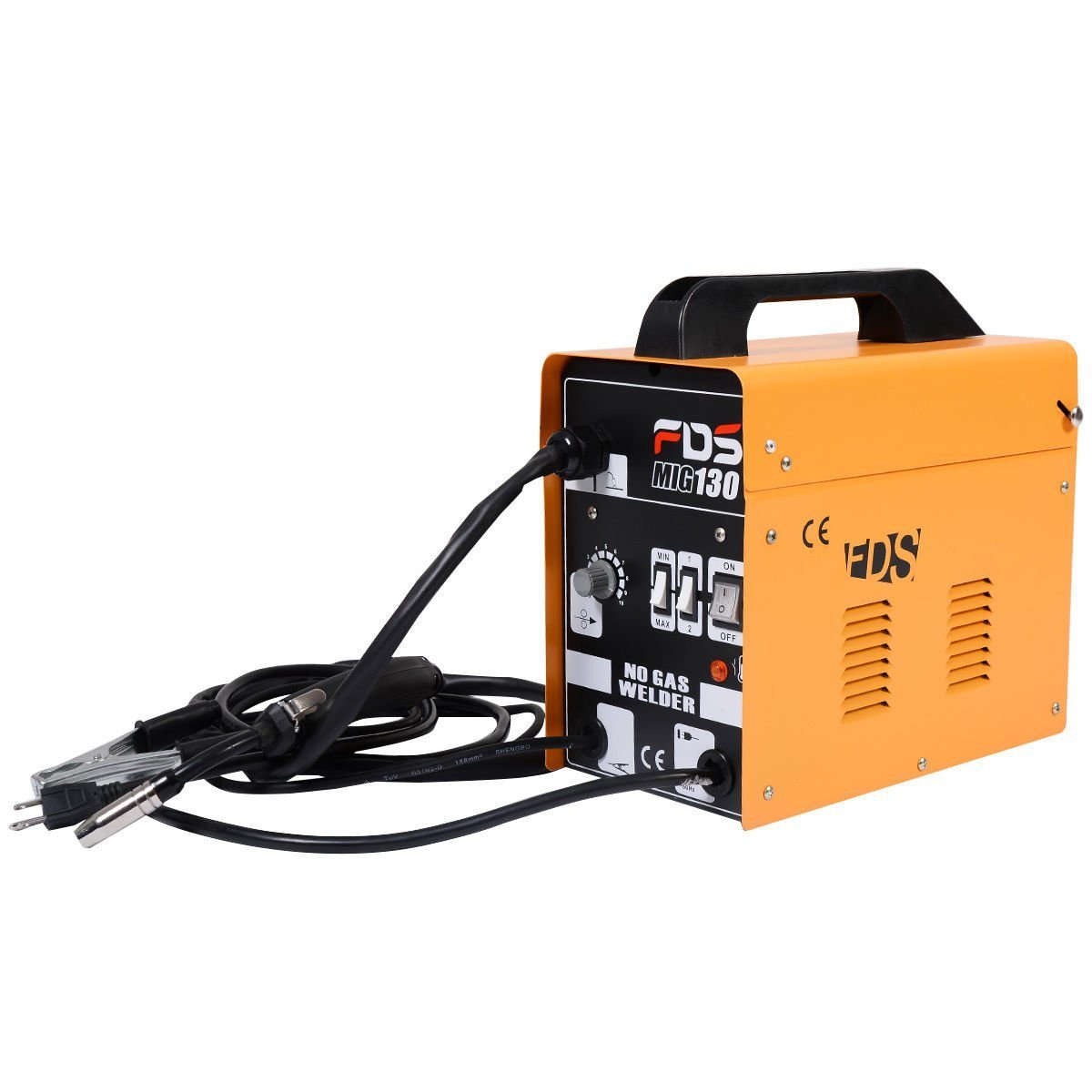I'm not sure why it would cost more to convert as the flux cored wire is 0.030 to feed through the same drive wheels and the only change is to make the torch negative and ground positive from the same DC power supply. All of the pieces necessary come in the same box and I'll bet that it's cheaper to build them this way.
My cost benefit analysis fell apart with the cost of a rental tank for shielding gas. My plan was to covert a SCUBA tank for this purpose but the gas suppliers make the rules. Any economically reasonable amount of gas only came in rental tanks and I needed an argon mix for stainless wire.
I switched the machine back to flux cored wire and scrapped the old SCUBA tank.
Flux cored 316 stainless wire would make me feel better about buying this welder. Justification of a welder at this price point was easy but the end result was not what I had hoped for.
Of course, this is the old decision from what is called in economic terms, 'Scant resources' and the decision on how to employ 'Land, Labour, Capital and for some, Enterprise'
I did my sums some 31 years ago when I invested in 4 years of welding tuition upon retirement. It wasn't cheap then but over those many years, my investment must have been returned time without number. I get surprised when I wonder where my son learned to do something and find out that I was responsible( or guilty

) I pick p something- and put it right.
Those 3 decades ago were days when there was no internet and consequently, no one who cannot be bothered to either read up or is guilty of asking the same damned silly question - and getting the same silly answers.
Suffice to say that the last comment is not original, it was from an old associate who published two definitive books on locomotive valve gear- because others got it wrong. My little home MIG/Mag welder is assisted by a bottle of CO2/Argon and that axiomatic suitability remains unchallenged though I have invested in a slightly more improvement self darkening helmet.
So, sir, reinvent the wheel if you think that you can. I hope that as I try to advance beyond my 86 years to find it interesting.
Regards
Norman








